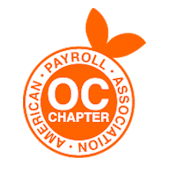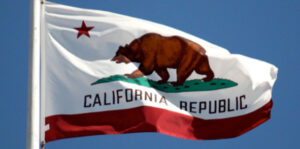
The IRS announced that the business standard mileage rate for transportation expenses paid or incurred beginning January 1, 2021, will be 56 cents per mile, down 1.5 cents from 2020 [Notice 2021-02, 12-22-20].
The mileage rate may be used to compute the amount to reimburse employees who are using their own cars for business purposes. It may also be used by employers that elect to use the “cents-per-mile” valuation method for purposes of determining the amount that needs to be imputed to an employee’s income for personal use of certain company-owned or leased nonluxury vehicles (see The Payroll Source®, §3.2-2). However, it may not be used by employees in claiming a tax deduction for unreimbursed employee business expenses, since such deductions are suspended by the Tax Cuts and Jobs Act.
In addition, the 2021 standard rate for miles driven for medical or moving purposes will decrease to 16 cents per mile, down from the 17 cents-per-mile rate in effect during 2020. The deduction for moving expenses only applies to members of the Armed Forces on active duty who move under a military order and due to a permanent change of station. The standard mileage rate for operating a passenger car for charitable purposes, which is set by law, will stay at 14 cents per mile in 2021.
For vehicles put into service in 2021, the cents-per-mile valuation method can be used only if the vehicle does not have a fair market value of more than $51,100 ($50,400 in 2020). For employer-provided vehicles under the fleet-average valuation rule, applicable to an employer with a fleet of 20 or more automobiles, the 2021 maximum value is $51,100 for an automobile ($50,400 in 2020). Note:The fleet-average valuation rule may not be used if any of the automobiles in the employer’s fleet exceeds its maximum allowable value.
REMINDER– Because of the 1.5 cent decrease in the business standard mileage rate, employers reimbursing employees at the 2020 rate need to be mindful of the rate change. To avoid having to include the extra 1.5 cent in the employee’s income and the accompanying withholding and reporting responsibilities, employers should make sure to change to the 2021 rate for all affected travel on or after January 1, 2021. And remember that business miles driven in December 2020 that show up on an employee’s expense report in 2021 are governed by the rules applicable to the corresponding 2020 mileage rate.













